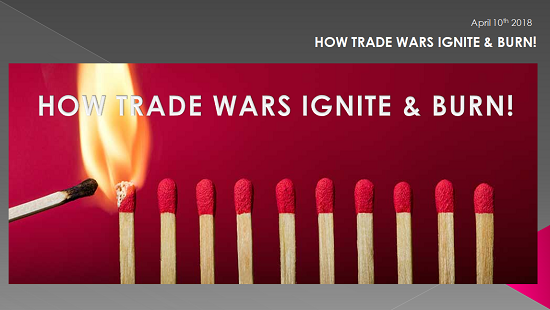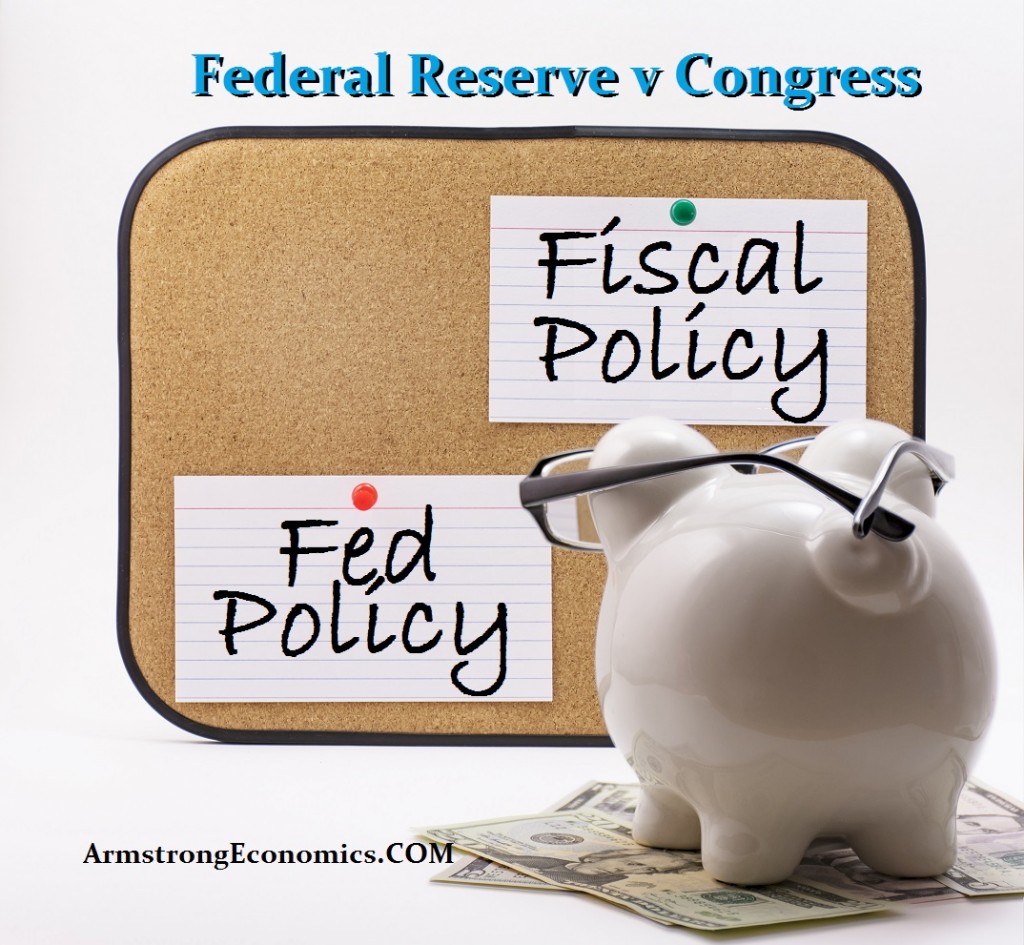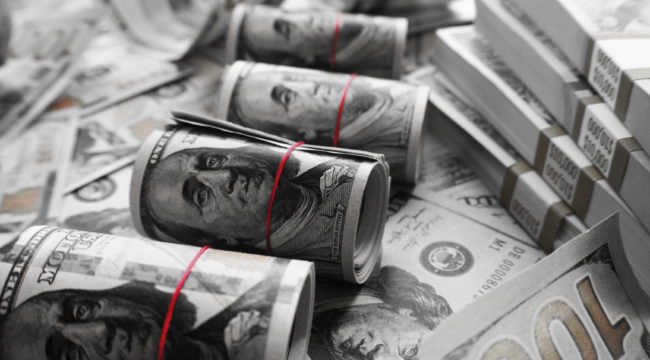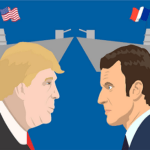The Real Inflation Rate May Signal That the U.S. Economy is in a Death Spiral

Just like a car with a bad cooling system, the U.S. economy may be overheating, and could break down soon. Why?
Aside from trade wars, geopolitical tension, and debt, inflation might stand center-stage as the final nail in the U.S. economic “coffin”.
According to Torsten Slok, the Chief International Economist at Deutsche Bank, inflation “is the mother of all risks here”.
You see, the floundering U.S. dollar, tight labor market, Quantitative Easing and trade wars have all paved the way for rising inflation. And, in a recent survey of global fund managers conducted by Bank of America, 82% expect the CPI index to keep climbing over the next year.
But the “inflation nation” might be overheating, as reported by CNBC:
Earlier this month, inflation numbers came in hotter than anticipated, signaling inflation pressures could be mounting. The Labor Department reported its CPI rose 2.4 percent year on year, its fastest annual pace in 12 months.
Even if you factor out energy and food — factors which the U.S. Government likes to leave out to make the CPI inflation rate more appealing — it’s still 2.1%.
That’s the fastest rise since February 2017, higher than the benchmark of 2%, and still rising. Which begs a serious question…
“What is the real inflation rate?”
The Consumer Price Index (CPI) is a set of methods that track the inflation rate, monitored by the Bureau of Labor and Statistics (BLS).
It was designed to help businesses, individuals and the government adjust for the impact of inflation. It worked well until politicians started messing with the methodology in the 1990’s.
In 2011, John Melloy reported on the “real” inflation rate, calculated with the methodology used before 1980 (bolding ours):
Inflation, using the reporting methodologies in place before 1980, hit an annual rate of 9.6 percent in February, according to the Shadow Government Statistics newsletter.
…click on the above link to read the rest of the article…

















